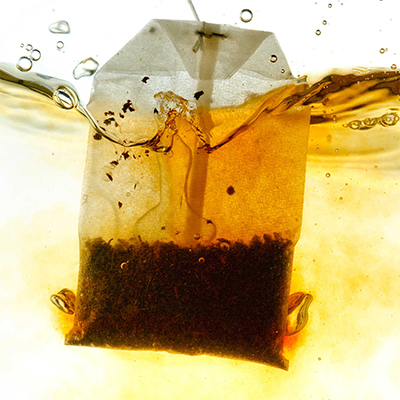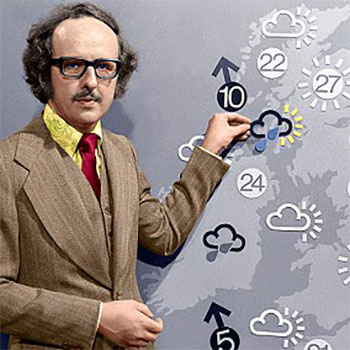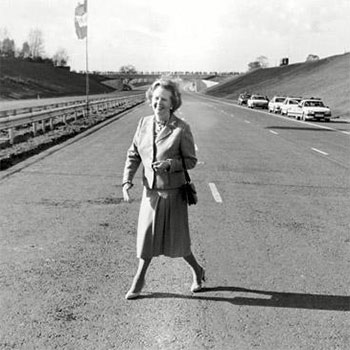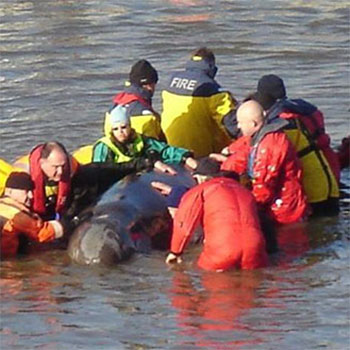Sparkford History
A word from the founder of Sparkford Chemicals…
My story of how Sparkford came into being is, I believe, a little unusual:
I joined the staff of Borden in 1950. They were the 40th largest Company in U.S.A. and Borden UK was fully acquired in 1964, to make synthetic resins – UREA FORMALDEHYDE resins for wood glue e.g. plywood, chip board and furniture; PHENOLIC resins for weather proof timber etc.; EPOXY resins for metals; and RESORCINOL resins for wooden boatbuilding.
I was Chief Buyer for 19 years, having previously worked in Sales. I adopted the fairly unorthodox approach of visiting potential suppliers rather than waiting for them to come to us – I chose to go and visit their factories. We were very large buyers of raw materials and consequently, I spent a lot of time in Continental Europe (pre- ‘Common Market’ days). My travels opened up valuable sources of supply to me, particularly in the field of resin raw materials.
Ultimately, in trying to negotiate a salary increase, it became apparent, the company had reached its pay limit for the UK Chief Buyer. In the discussions that followed, a rather unique agreement was forged, insofar as I would be allowed one afternoon-a-week to run my own trading business. Sparkford was fully Incorporated in 1966 and I started trading a few commodities – ginger; menthol; nutmeg – materials which were of no interest to Borden. Technological advances began to bring about significant change in the sector: CASEIN, a milk byproduct was adopted in the manufacture of wood glues and these replaced animal glues. Yet this was but a stepping stone in the journey towards SYNTHETIC RESINS. It was clear to me that the industry was evolving fast.
By the end of 1972, I realised, despite my job being both interesting and challenging, I needed to progress, so I negotiated a ‘silver` handshake (rather than a gold one!) and instead of accepting a move into Marketing, I left Borden to develop Sparkford, full-time. It was fortuitous that this coincided with an abrupt tightening in supply of all oil derivatives. These quickly became the staple range of chemicals to trade, so Urea, Styrene Monomer and Phthalic- and Maleic- Anhydrides were of particular interest to me. In due course, Sparkford established long term agreements with key European producers, to act as UK distributors and traders in these strategic products. Maleic’ has long been a prime raw material owing to its downstream versatility; for fibreglass boat hulls; water de-salination units; polyester resins generally; and in lubricating oils. Phthalic Anhydride is also used in paint-making, where there’s also a need for driers, plasticisers and thixotropes.
The impetus to seek out innovation in our markets has propelled Sparkford through the last fifty years. At the same time, my philosophy has always been to maintain strong personal relationships with our trading partners and clients, relationships which stand the test of time. Hopefully, these two founding principles will see Sparkford progress beyond another fifty years.
David Gibbons
Chairman








